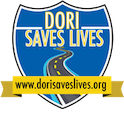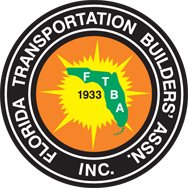Tweens (8-14)
You’re the #1 Influence: Make Sure Your Tween is Properly Buckled Up the Whole Ride, Every Time
As your child grows, you may face challenges enforcing seat belt safety. Life as a parent is full of compromises, but seat belt safety is never up for negotiation. Follow these pointers and set the example of buckling up every time you get into the car. And remember: Never give up until they buckle up!
NOTE: All children under 13 ride in the back seat for maximum safety.
Seat Belt Safety Starts With Good Role Models
Learning the importance of wearing a seat belt starts with a good role model—and that’s you. As a parent or caregiver, you are the number one influence on your child’s seat belt safety. Research shows that children whose parents buckle up are much more likely to buckle up themselves.
Consistency is Key
Consistently remind your children to buckle up properly the whole ride, and never assume they’re buckled up! Learn tips to motivate your tweens to buckle up, and make it a rule in your family that everyone follows the same practices as you: Always buckle up before moving the car, no matter how short or routine the drive, and make sure all children are buckled up properly.
The Proper Seat Belt Fit for Your Child
The risk of injury among child passengers is significantly higher when their seat belts are loose and/or improperly positioned. Learn about the proper seat belt fit for your child and why your children may not be wearing their seat belts correctly.
Front or Back—When is the Front Seat Safe for My Child?
All children under age 13 should ride in the back seat for maximum safety. The back seat is the safest place for your children because most crashes occur in the front of the car and the back seat is farthest from this impact.
Why Parents and Caregivers Forget About or Forego Seat Belt Safety
We know life as a parent is full of distractions and often hectic, making it easy to forget or forego buckling up altogether. See if any of these excuses for not buckling up sound familiar, then do whatever it takes to buckle up and make sure your kids do the same:
- Rushed and chaotic pre-travel routines
- Distractions
- Need to minimize conflict or keep the peace
- Seat belt discomfort or perceived nuisance when in a hurry
- Shorter distances, slower speeds and familiar roads falsely associated with lower risk
- Kids persistently asking to ride in the front seat








